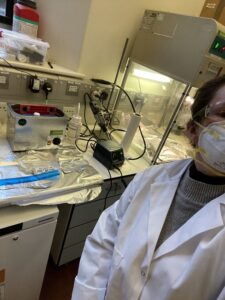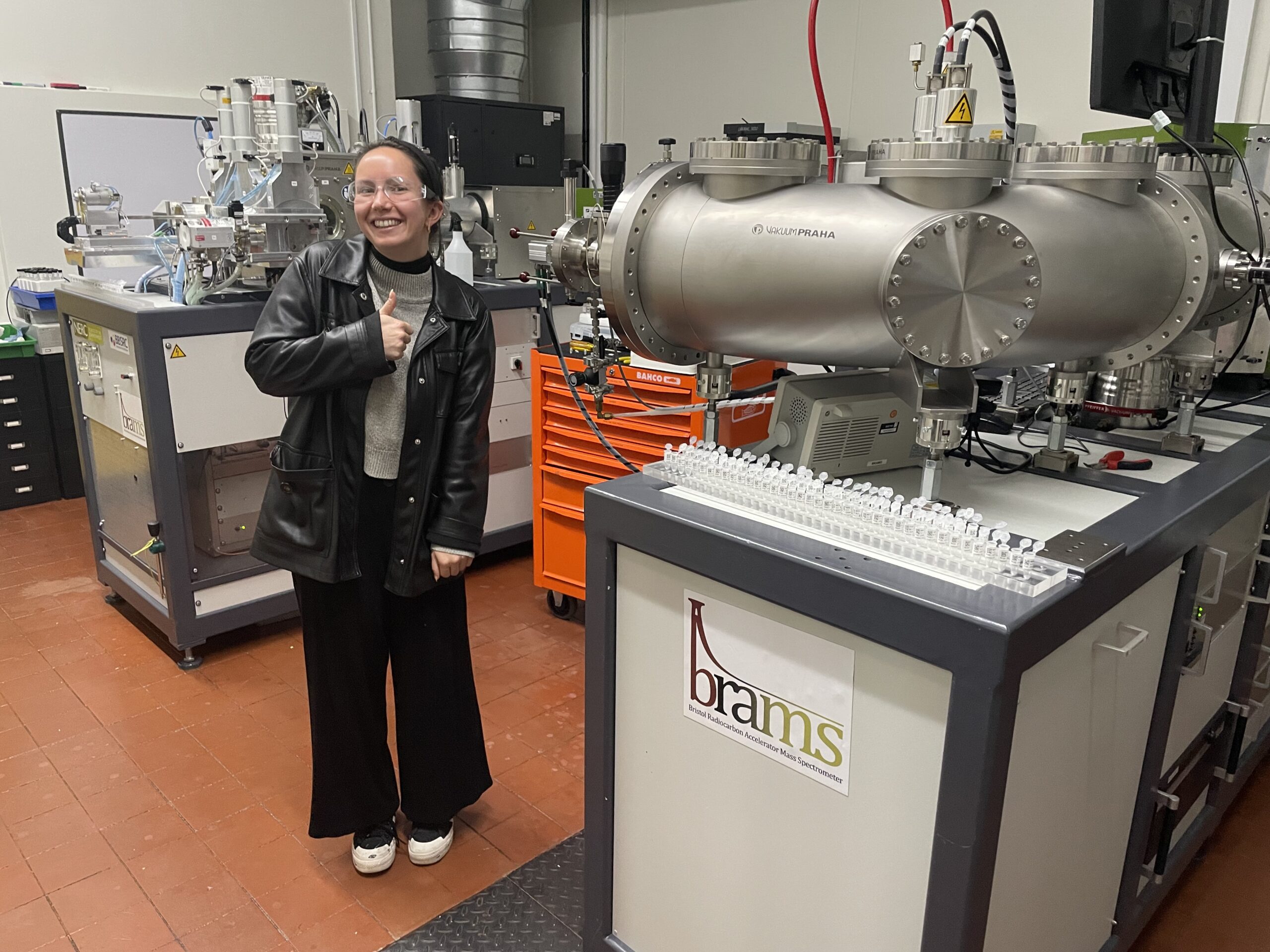After receiving seven selected bone fragments from Romania, I took the samples to the University of Bristol where my co-supervisor, Dr. Helen Fewlass, was able to host me in their facility. Five of these samples were from Cioarei Boroșteni and the remaining two from Nandru Spurcată, both sites in a region with known human occupation. Over the next few weeks, I travelled to Bristol to drill the material and release the protein portion from the bone using acid. I then gelatinised the collagen and removed contaminants before freeze-drying over the weekend. Even from the first steps, all of the samples across both sites, gave indications of being well preserved – they were very dense and reacted well with the acid. Now, having calculated the yields, all samples were very effective and should provide us with great results. To get a better understanding of the quality of the collagen, the carbon and nitrogen content will also be analysed. We don’t have these results back yet, but as we enter into the new year, the collagen samples will be analysed by the BRAMS facility using an Accelerated Mass Spectrometer and we wait with excitement to receive the results.


